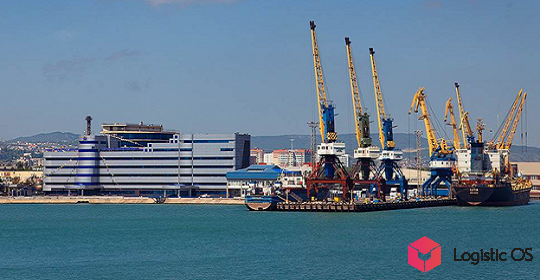In the current season, sowing started very late due to weather conditions, which can negatively affect both the sown area and the final harvest.
This is again due to the weather.
In Germany, it is too humid and cold, but in other EU countries, for example, in Spain and France, the situation is the opposite: hot and dry.
As a result, it is assumed that the total area of European corn crops this time will be 8.5 million tons.
This is 330 thousand less than last year, and 725 thousand less than the year before. After all, most of the largest European producers, such as France, Italy, Bulgaria, Poland, have taken the path of reducing crops.
True, there is still hope that the corn harvest will be larger than last season.
Then, despite the fact that more was planted, a significant part of the crops simply burned out due to abnormal heat, so that the final corn crop was the lowest since 2007.
Therefore, the main thing that European farmers hope for is that the weather this time will be more favorable.
By the way, in many countries, such as Spain and Portugal, corn is generally grown using irrigation technology. Consequently, a dry summer, causing water shortages, can immediately put an end to this crop.
Additional reasons for the decrease in the area under corn
One of the important reasons is that in Europe for several years in a row the areas under winter wheat and rapeseed have been increased.
This is due to a decrease in hectares under other crops, including corn.
Often, farmers rely on crops that are more drought tolerant, such as sunflower, or more profitable, such as soybeans.
Second, many European countries are under pressure to import cheap grain from Ukraine, which is difficult to compete on price.
Governments seem to be trying to protect local producers, but they are in a state of uncertainty and are in no hurry to increase crops.
Thirdly, there is an economic crisis in Europe.
For example, in the agricultural sector, the number of livestock was significantly reduced, for which a significant part of the corn was fed.
Fourthly, due to rising prices, corn has become too expensive. And not only to feed livestock with it — many Europeans reduce the consumption of this product, replacing it with cheaper ones.
This is perhaps the biggest problem: if corn can be produced, it will be difficult to sell, especially at prices that can cover the cost of production.

